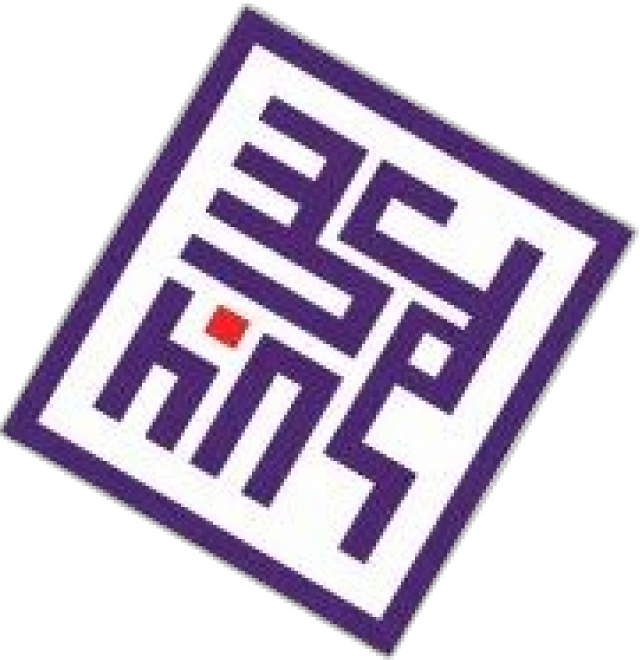Summary
A concise explanation of the Arabic word حيّ (ḥayy) as used in the ḥadīth of ʿĀ’ishah (raḍiyallāhu ʿanhā) in Ṣaḥīḥ al-Bukhārī, clarifying that it refers to a tribe rather than a neighbourhood, with linguistic insights from classical Arabic sources.
A question was raised regarding the word حيّ (ḥayy) in the Arabic language, particularly in the ḥadīth of ʿĀ’ishah (raḍiyallāhu ʿanhā) found in Ṣaḥīḥ al-Bukhārī, known as the story of the وشاح (red leather strap), and whether the term refers to a neighbourhood.
The Ḥadīth Context
Imām al-Bukhārī records the narration in Ṣaḥīḥ al-Bukhārī, Kitāb al-Shahādāt (Book of Witnesses), ḥadīth no. 2661, and elsewhere in Kitāb at-Tafsīr under Sūrah an-Nūr:
عَنْ عَائِشَةَ رَضِيَ اللَّهُ عَنْهَا قَالَتْ:
خَرَجْتُ مَعَ النَّبِيِّ ﷺ فِي بَعْضِ أَسْفَارِهِ، فَلَمَّا فَرَغَ النَّبِيُّ ﷺ مِنْ سَفَرِهِ، وَآذَنَ بِالرُّجُوعِ، آذَنَ بِلَيْلٍ، فَانْطَلَقْتُ إِلَى الْقَضَاءِ، فَلَمَّا رَجَعْتُ، أَخَذْتُ صَدْرِي، فَإِذَا عِقْدٌ لِي قَدِ انْقَطَعَ، فَرَجَعْتُ أَلْتَمِسُهُ، فَحَبَسَنِي اللَّهُ وَأَهْلُ الْإِبِلِ فِي طَلَبِهِ، فَأَقَامُوا عَلَى غَيْرِ مَاءٍ،
فَشَكَوْا ذَلِكَ إِلَى النَّبِيِّ ﷺ، فَأَنْزَلَ اللَّهُ آيَةَ التَّيَمُّمِ، فَقَالَ أُسَيْدُ بْنُ الْحُضَيْرِ: مَا هِيَ بِأَوَّلِ بَرَكَتِكُمْ يَا آلَ أَبِي بَكْرٍ!
(Later in the narration, ʿĀ’ishah said:)
فَجَاءَ النَّاسُ إِلَى الْحَيِّ الَّذِي فِي الْمَوْقِعِ الَّذِي كُنَّا فِيهِ...
Here, the term الْحَيِّ clearly denotes a tribe — the ḥayy of Banū al-Muṣṭaliq or a similar group — not a neighbourhood in the modern sense.
Linguistic and Lexical Insights
- Ibn Fāris (Maqāyīs al-Lughah, 2/102) states that the root ح ي ي conveys the concept of life and movement, hence ḥayy came to mean a group of living people — a tribe or community bound by lineage.
- Ibn Manẓūr (Lisān al-ʿArab, 14/170) explains:
"الْحَيُّ مِنَ الْعَرَبِ: الْقَبِيلَةُ، وَقَدْ يُطْلَقُ عَلَى مَجْمُوعِ دُورِهِمْ."
“Al-ḥayy among the Arabs refers to a tribe, though it may also apply to the collection of their dwellings.”
- Az-Zabīdī (Tāj al-ʿArūs, 27/271) expands:
“وسُمِّيَ الحَيُّ حَيًّا لاجتماعهم في مَوْضِعٍ واحِدٍ كأنَّهُمْ جَسَدٌ حَيٌّ.”
“It is called ‘ḥayy’ because of their gathering in one place, as though they form one living body.”
Reflection on the Dual Meaning
Both meanings, tribe and neighbourhood, share an intrinsic link. In early Arab society, a tribe’s settlement naturally constituted a neighbourhood or quarter, defined by kinship and common living space. Hence, ḥayy encapsulates both the social and spatial dimensions of communal life.
Thus, in the ḥadīth of the وشاح, ḥayy refers primarily to a tribe, but linguistically, its extended meaning as a neighbourhood reflects the natural development of settled tribal life.
And Allah knows best.
Your brother,
Sajid Umar
Location: Somewhere en route to the Hereafter
02/07/1444 AH – 24/01/2023

